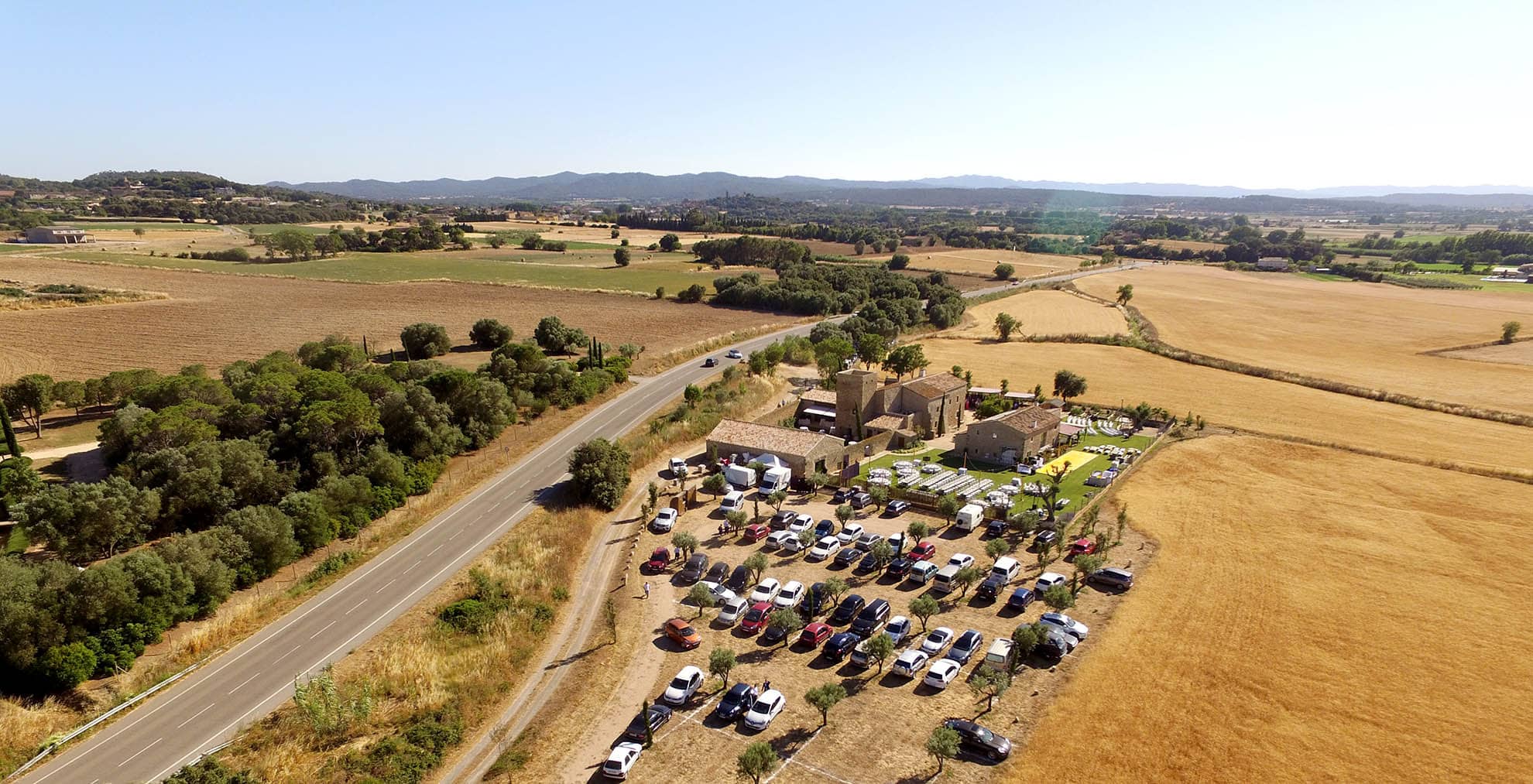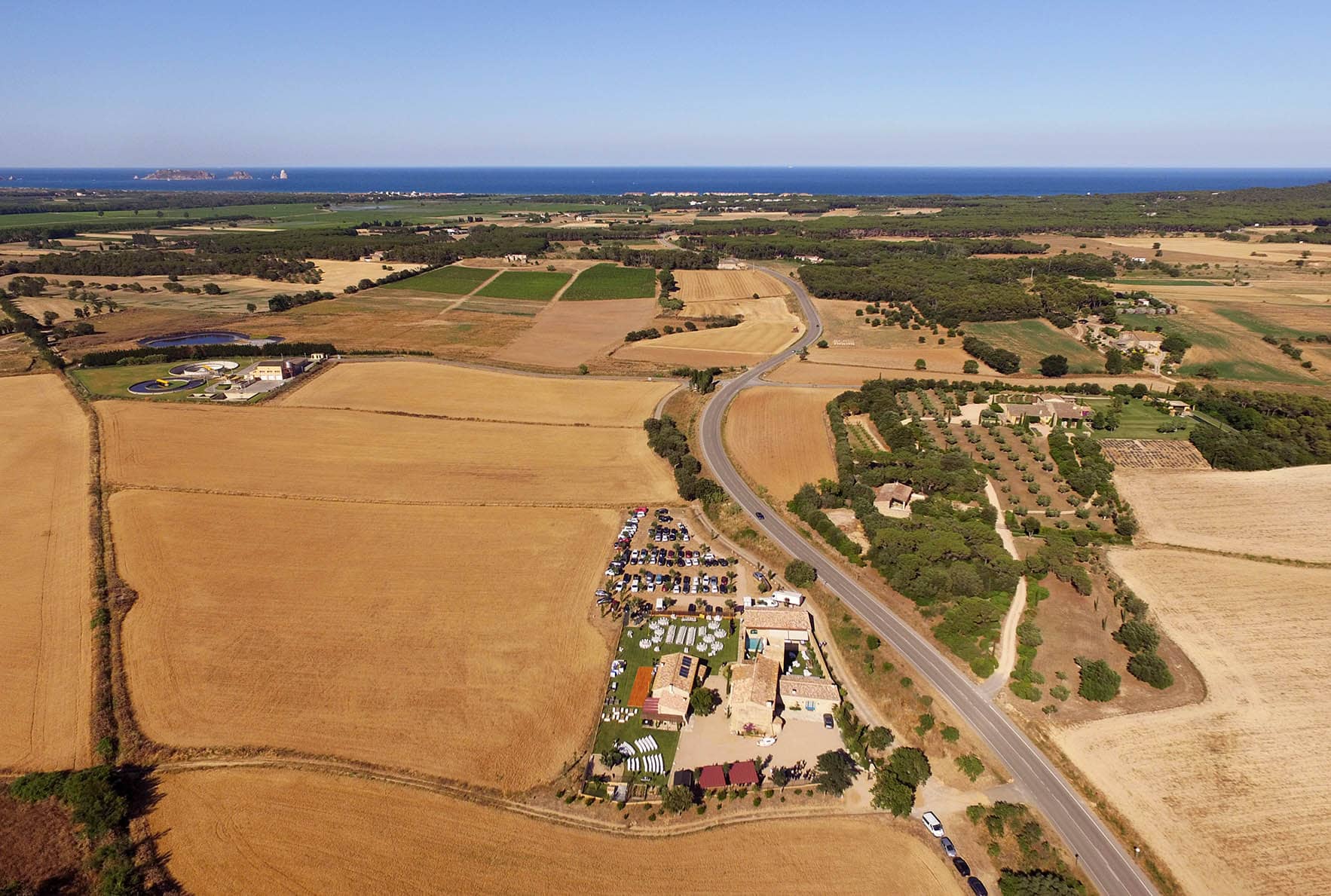
The geographic situation of Mas Jofre offers various overviews of entertainment with a wide spectrum of activities. Nature, culture and gastronomy can be found near Pals: routes on food or by bicycle in Quermany and Pals’ surroundings, camins de ronda (patrol roads) and trips to the Natural Park of La Gola del Ter, Golf de Pals club, guided tours through the medieval centre of el Pedró, Museu de la Confitura (jam and marmalade museum), wine tasting in the wine cellars of Torrent and an extensive range of gastronomy with l’Arròs de Pals (Pals’ rice) as the protagonist.
PALS
A medieval town between waters
Water has named the town of Pals, from Latin palus (pond, marshy ground or lake), which is located between the mountains of Begur and the Montgrí, the coast and the plain of the rivers Ter and Daró; and became a Bé Cultural d’Interès Nacional (Cultural asset of national interest).
Water, in this case salted, has also been a key factor in the history of the town, which was a fishermen town with port activities documented from 1406 to the XVIII century. Archaeological remains that were found prove that Pals had two harbours: the main one in Torre Mora and another one in Molí Gros.
Pals enjoyed a very active marine life: a lot of ships sailed to Italy, France and the rest of the Iberian Peninsula loaded with wine from Pals’ vineyards, rice from the old mill and salty fish. In the same way, ships from around the world came here to trade and buy what in 1607 was considered the best fish in the whole Catalan coast.

The final disappearance of Pals’ harbour in the XIX century is attributed to several factors: the sediments movements of the rivers Ter and Daró, the Tramontane winds and the heavy swell.
Despite losing the harbour, Pals maintains one of the better conserved medieval walled enclosure of l’Empordà. The neighbourhood of Pedró is a journey back in time and an architectural jewel with buildings of the Romanesque, Gothic and Baroque styles.
Beyond the town, between fields and rice paddies, fortified country houses from the XV and XVII century can be found, among them, Mas Jofre.


